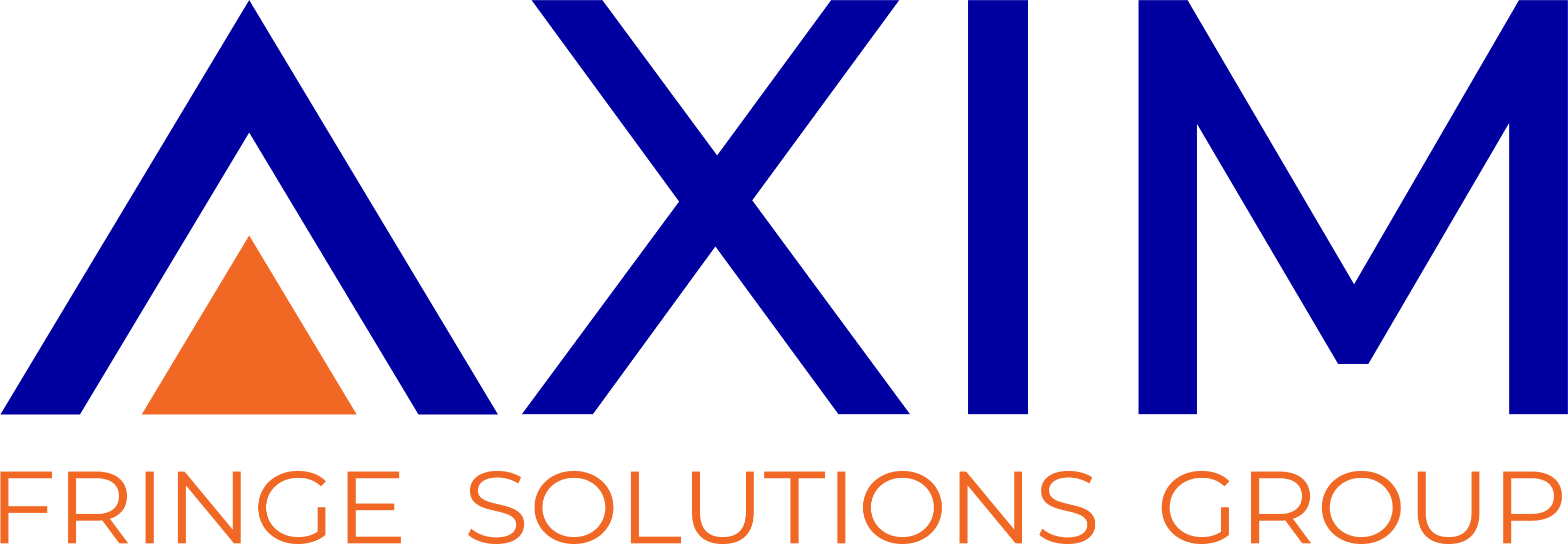
It has been said and proven through thousands of documents and graphs by Health System Tracker and the Common Wealth Fund, but it is worth repeating – the price of healthcare has outpaced income growth by 10:1. It is also a proven fact that the majority of Americans are provided healthcare through their employer plans. Finally, it is also an immutable fact that any time the government tries to get involved in “fixing” anything, it gets hosed up royally and the private sector can do it better, faster, and usually cheaper. That remains true for everything except for healthcare coverage in the United States. Year over year, the major medical carriers in the US state they intend to raise premiums by “X%”, and then turn around and slap the American public in the face with double-digit profitability. The government furthered the clamp on American employers providing plans through the No Surprises Act stating that carriers and employers must have a “fiduciary” of the plans provided. That is a long and deep tunnel, but essentially it means that employers offering ERISA-based plans in the US better wake up and realize that a focus on programs provided and who is doing what with your plans MUST be a focal point.
With the projected further increase to health benefits, inflation at an all-time high, increased scrutiny of plans from IRS, DOL constantly changing laws and requirements, and a long rebound from a recession looming, at what point do American employers say “enough”? When do American employers intend to take back control and focus on their employees and their families? Instead of consistently bowing to pressures to constantly do more and receive less, and accepting the status quo from benefits brokers around the country, American employers need to focus on their plans and how it affects their employees. Quite simply, take the time and do not push this off to HR, who is already overburdened AND not benefits specialists regardless of what they tell you. After almost 20 years of working with employers of all sizes, HR personnel, and benefits brokers, I have seen less than 10% in total understand how to change the paradigm in their benefits planning. This has got to stop because the American worker is already bankrupted by healthcare as shown in an article from Kaiser Health News, and it is only a matter of time before American employers can no longer afford to provide benefits to their employees. The days of consistently shifting costs to the employees in the form of High Deductible Health Plans (HDHP’s), moving co-insurance and copays to a higher number, or changing the cost share so that employees pick up the brunt of the increases are over. As an employer, you need to say “ENOUGH”. The relationships you have with your broker need a hard look. The considerations of your business growth need to be even more defined. The definition of HOW you protect your employees can no longer be “we provide healthcare coverage.”
Understanding this is an unpopular line of advice and everyone thinks they are doing all that they can, but if you 1) LISTEN to the employees, you will realize that benefits are critically important to their satisfaction with their employers, 2) LOOK at all data provided, 3) THINK about the impact your benefits costs have to your companies financial viability, and 4) UNDERSTAND that the sales process of benefits brokers and so-called experts have put you in, you will quickly realize that there are better ways to address this massive focal point of your business. At least, I hope you see this as a CRITICAL focal point for your business because if it isn’t now, it will be soon. The new compensation disclosures required by all carriers and producers will be eye-opening for many. If you do not quickly realize what you are paying for versus what you have received from your relationships, then you will quickly realize you are losing your talent to those that do.
There is no magical solution to solve all of these points, but there is a strategic manner in which you can address and help your internal folks better manage for a better consistent year-over-year result. The companies in the government contracting sector that have consistently done more with less, or relied on HR to wear too many hats will be amongst those that see the biggest windfall from making benefits a focal point of their business decisions. It’s time that hiring “big names”, “legacy companies”, or “personal relationships” go away, and partnering with properly aligned and most capable companies takes precedence.







